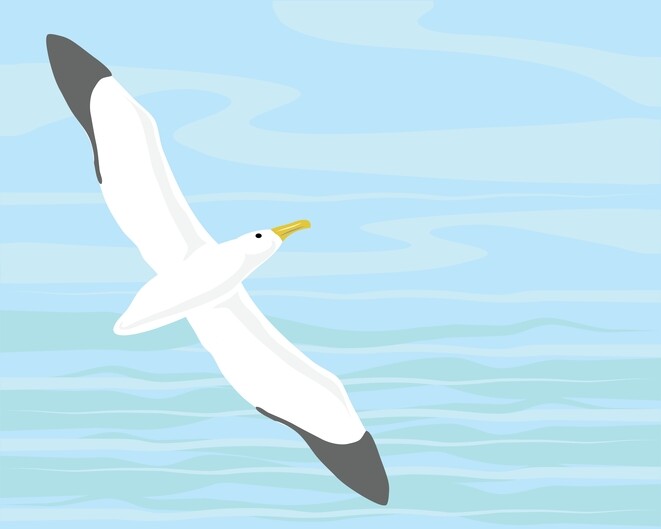Early AM:
Modern art sculptures glide past in a continual ethereal stream of beauty. We are occasionally momentarily shaken (but gently) by the ship’s shudder when it encounters one of these giant ice cubes.


The morning began with a perfect night’s sleep and a wake-up stretch class in what must be a major competitor for the world’s most gorgeous yoga studio. A brilliant sun, a 270 degree view of ice and glass seas – followed by an excellent breakfast.
One of our guides gave a talk on an overview of Franklin’s ill-fated exploration of this area. It’s one of those topics that gets more interesting the more I learn about it. He summed it up by giving credit to Franklin’s wife, who pushed the authorities, worked her contacts, and funded multiple expeditions to encourage exploration and to find out what happened to her husband. And, she never visited the Arctic. We’re both reading books on his expedition – fascinating history.
I also attended a great talk on smartphone photography by the Nat Geo photographers – learned some cool things I could do and how to apply them.
But the highlight of the day was major polar bear sightings.
Our morning started at 6 am as we expected. BTW sunset is at 11:30 pm and sunrise is around 4:30 am. I’m quite sure the sunsets have been spectacular but I can’t report on them first hand. The blackout drapes are very effective!
We were officially in search of ice and the Ice Engineer consulted with the captain and headed for a large floe – about 25 km long.
All the Nat Geo/Lindblad ships have an open bridge policy which is fantastic. Questions and discussions are encouraged, guest binoculars and spotting scopes are at the ready – they simply request that you don’t push any buttons.
At one point, the expedition leader, who was on the bridge shouted, “Holy s*, that bear looks like it’s covered in blood!”, to the captain on the bridge. Further investigation with a spotting scope revealed it was probably a pizzly.

Turns out that polar bears and grizzly bears do hybridize and the result is a pizzly which can itself reproduce. It’s another result of climate change because their ranges are overlapping.
I think the count of polar bears was 8 today.
This afternoon – new location. Pulled up to the edge of a floe with a momma polar bear and a 6 mo old cub who was never far behind. Watched the mom make her way close enough to the ship that I didn’t need binoculars which means the photographers with arm length lenses were able to capture the number of whiskers on their muzzles. It was a delight to see the baby keep up. Mom could jump over the water crossings but the youngster had to swim or figure out another way around.
More polar bear trivia than you ever wanted to know:
It is so dry here that they roll on their backs to dry off in the snow. And, they release heat by exposing bellies and the bottoms of their feet.
Record height: 11.4 ft
Typical male has a foot that’s almost a foot wide
Record weight: 2000 lbs
Record sense of smell: documented that a bear could smell a seal almost 20 miles away
Swim distance: a female with a GPS collar swam 10 days straight and covered 435 miles
They typically don’t attack walruses because even the males are 1/2 to 1/3 the size..







The passenger who took the great photos is showing the captain (in the white shirt), the Nat Geo photographer (in the black jacket) and one of the naturalists (in the blue jacket). A very typical scene! There’s a lot of sharing that goes on.






The polar bears are breath taking. I’d rather see them in the wild, than see them at the zoo. Even if it’s just pictures or videos, at least they are free to roam, especially since you noted how nomadic they can be. Thanks for sharing 🥂